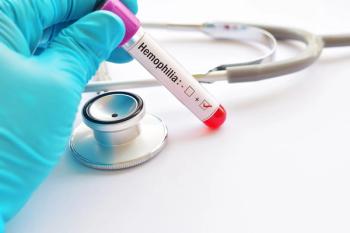
Younger children respond better to amblyopia treatment but still valuable in older children
The age of children does seem to affect how well amblyopia responds to interventions, but a new study suggests that treating older children remains worthwhile, even if their response is less pronounced than in younger children. Find out how long to continue treatment, even for children older than 7 years.
The age of children does seem to matter in how much amblyopia, commonly known as lazy eye, responds to interventions, but
Children aged 3 to 7 years showed greater response to treatment for amblyopia than children aged 7 to less than 13 years. Older children still see an improvement in mean visual acuity with treatment, and some children responded dramatically, according to a meta-analysis of previous studies.
After adjusting for covariates, the difference in response to treatment with increasing age was most evident in cases of severe amblyopia. Children aged 3 to 7 years with severe amblyopia showed significantly greater response to treatment than those aged 7 to less than 13 years, and the data further suggested that children between the ages of 3 and less than 5 years responded better than those aged 5 to less than 7 years.
Researchers noted no difference in response between the 3-year-old to the less-than-5-year-old age group and those aged 5 to less than 7 years in cases of moderate amblyopia.
The meta-analysis included data from 996 children who were 3 to less than 13 years old who participated in clinical trials conducted by the Pediatric Eye Disease Investigator Group (PEDIG).
PEDIG
In children with amblyopia who were no longer improving with 6 hours of prescribed daily patching or with daily atropine, an intensive final push of combined treatment with patching and atropine did not produce a better visual acuity outcome after 10 weeks compared with a control group in whom treatment was gradually discontinued, according to the researchers.
Newsletter
Access practical, evidence-based guidance to support better care for our youngest patients. Join our email list for the latest clinical updates.











